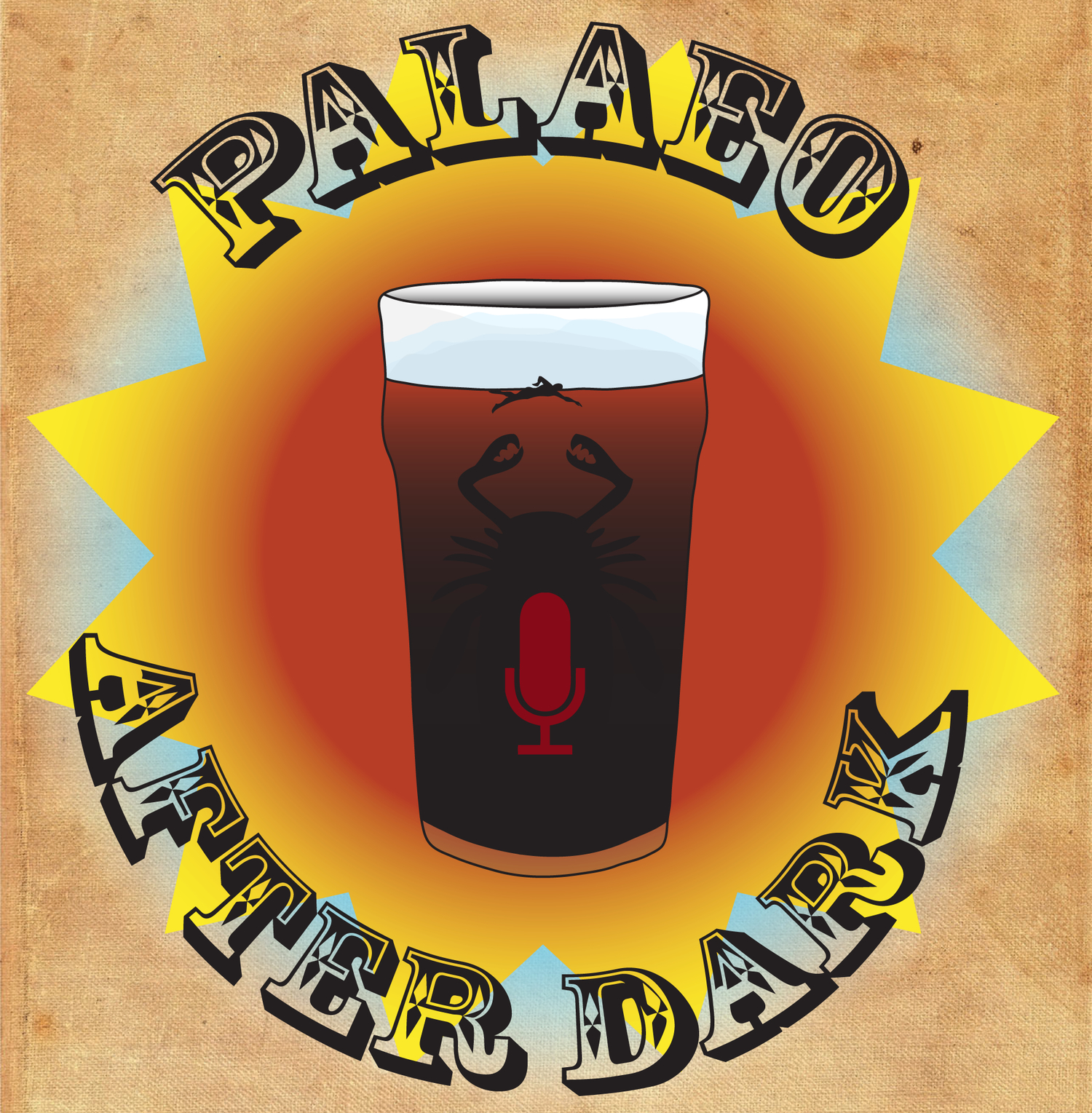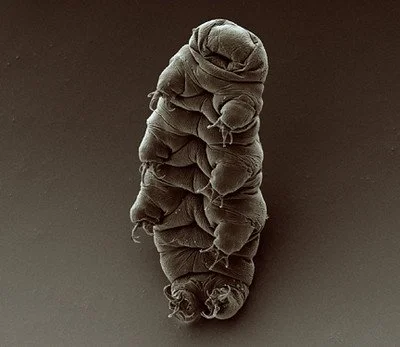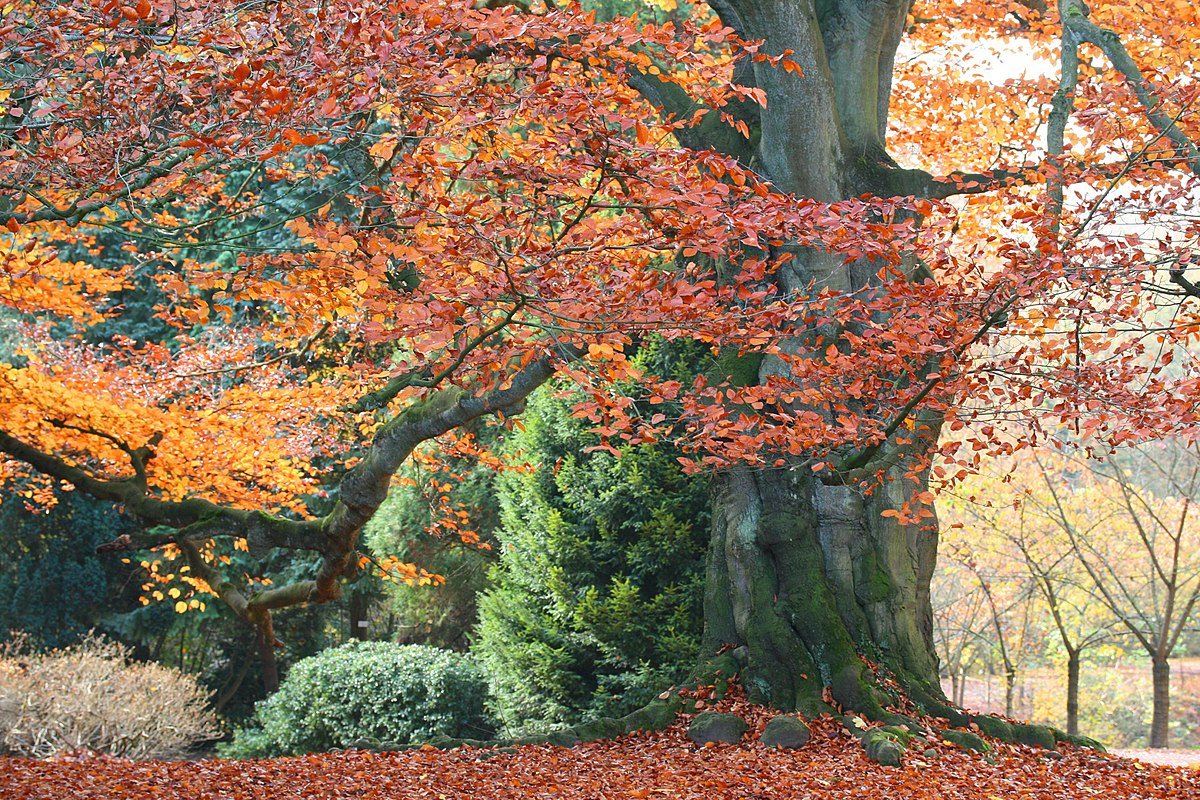Podcast 273 - The Hunt for Red Plankton
/The gang discusses two papers that look at plankton through time. The first paper looks at some Cambrian acritarch fossils and shows that they are likely colonial algae, and the second paper looks at how shifting temperature affected plankton distribution across the Cenozoic. Meanwhile, everyone stays completely on task with the stated goals of this podcast: a detailed (and wrong) discussion on the events of the movie “The Hunt for Red October”. Yes, it is going to be “one of those” podcasts.
Up-Goer Five (Curt Edition):
The friends talk about two papers that look at things that live in the water without having to move parts to stay in the water and maybe they are single cells and maybe they are groups of cells. The first paper looks very very old things that live in the water. These old things are so old and hard to figure out that people are not always sure what they are. These things are often thought to be all single cells. This paper shows that some of these things that are very old might be groups of cells that are living together. The way that these cells group together does look like some things that live in the water today that make food from the sun. This paper shows that this type of cell or something like it might have been around a very very long time ago.
The second paper looks at how where things living in the water but not moving and maybe they are single cells and maybe they are groups of cells, could have lived when things got cold in the past. They see that there are changes in the types of these things over time and where the live. They show that the way things are today is because it was getting colder. It also shows that, when things warm up, we might see some big changes in where these things are.
References:
Woodhouse, Adam, et al. "Late Cenozoic cooling restructured global marine plankton communities." Nature 614.7949 (2023): 713-718.
Harvey, Thomas HP. "Colonial green algae in the Cambrian plankton." Proceedings of the Royal Society B 290.2009 (2023): 20231882.

















